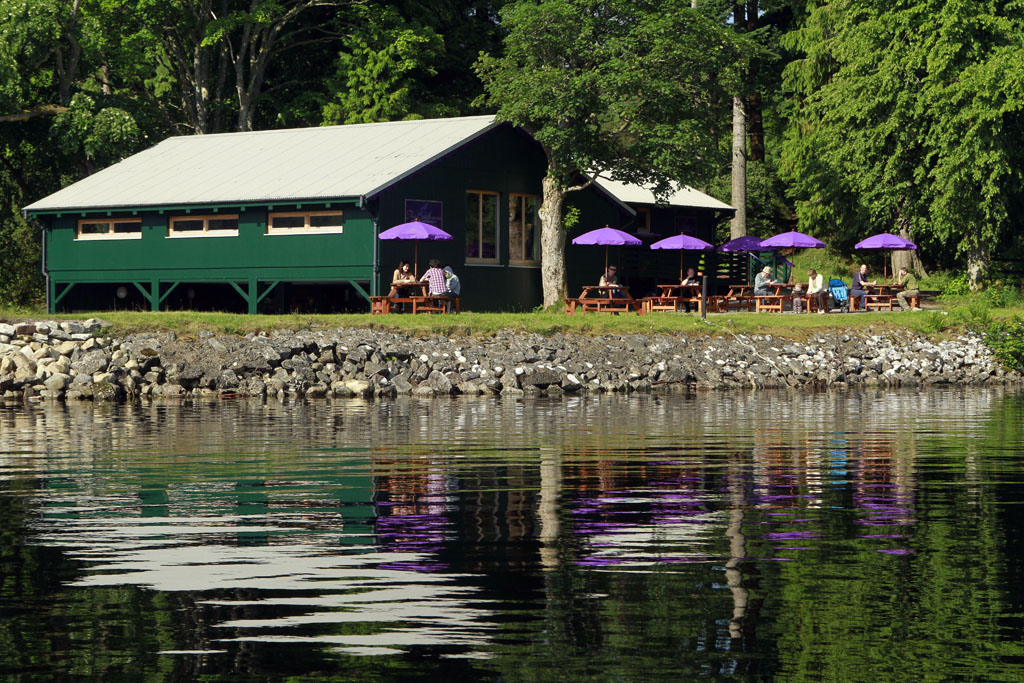Highland
WELCOME TO Highland
Province Overview
Inverness
25,657 km2
235,000
English
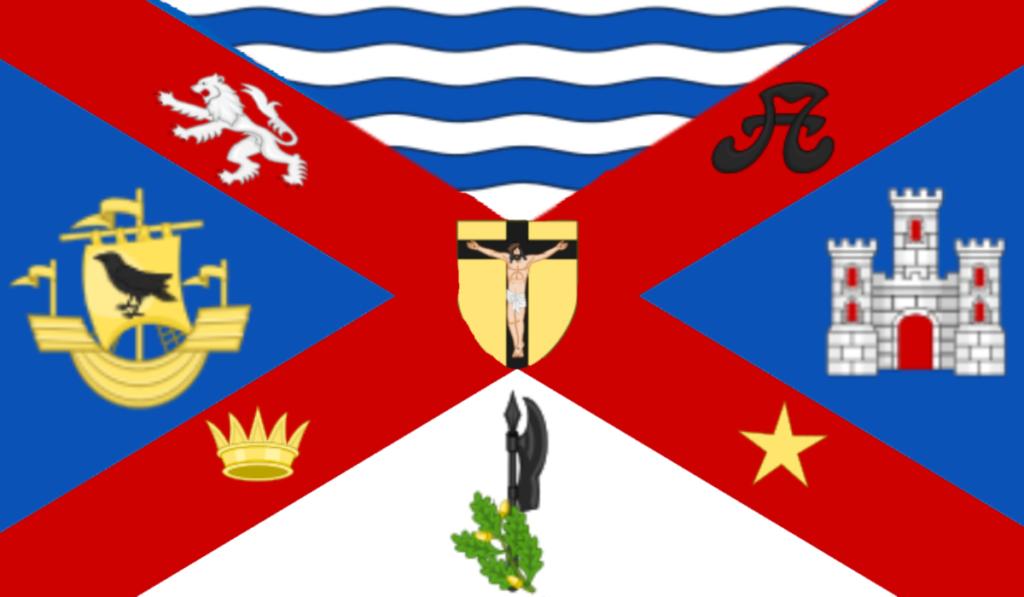
Popular
Geography and Tourist Attractions
Information about the province's tourist attractions, including popular destinations, events, and activities.
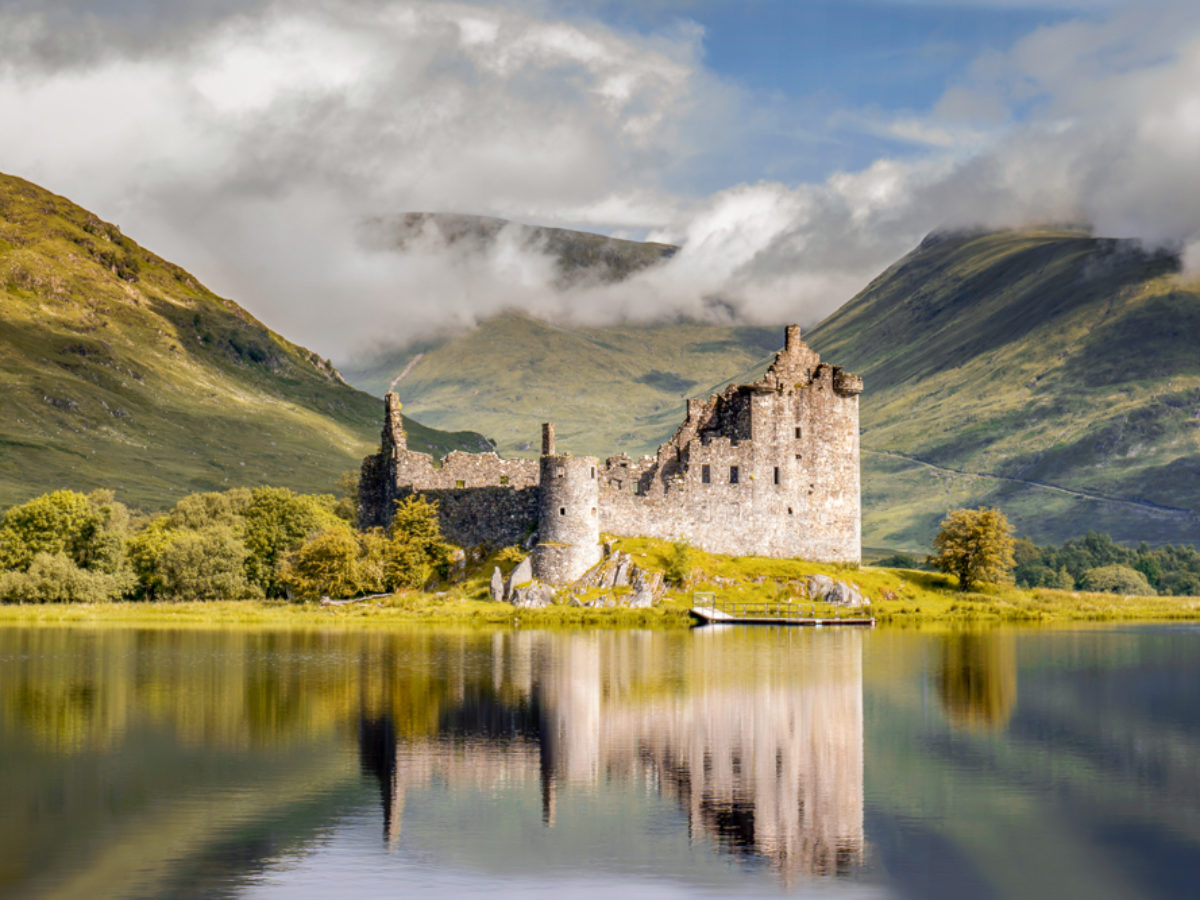
The Scottish Highlands
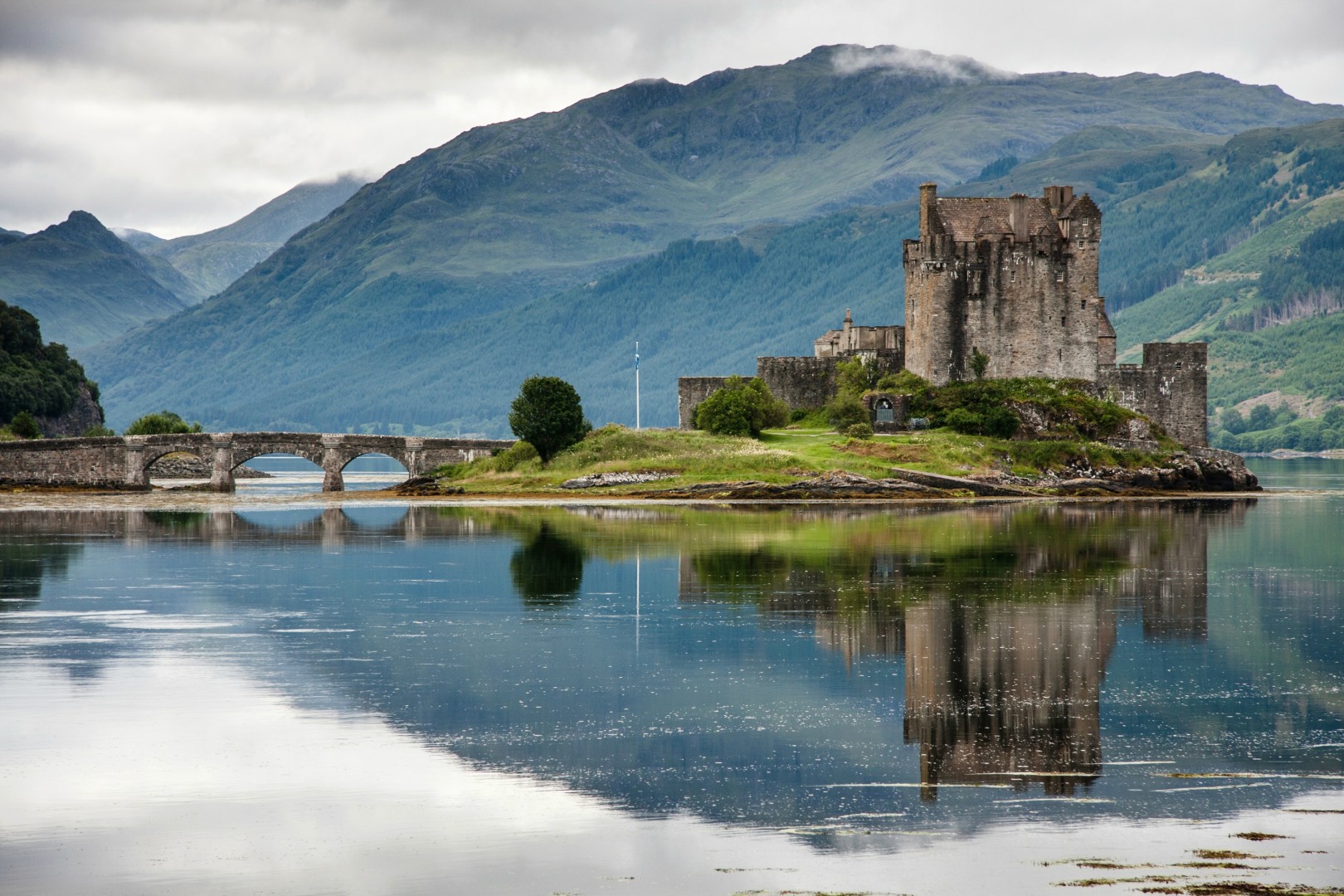
Eilean Donan Castle
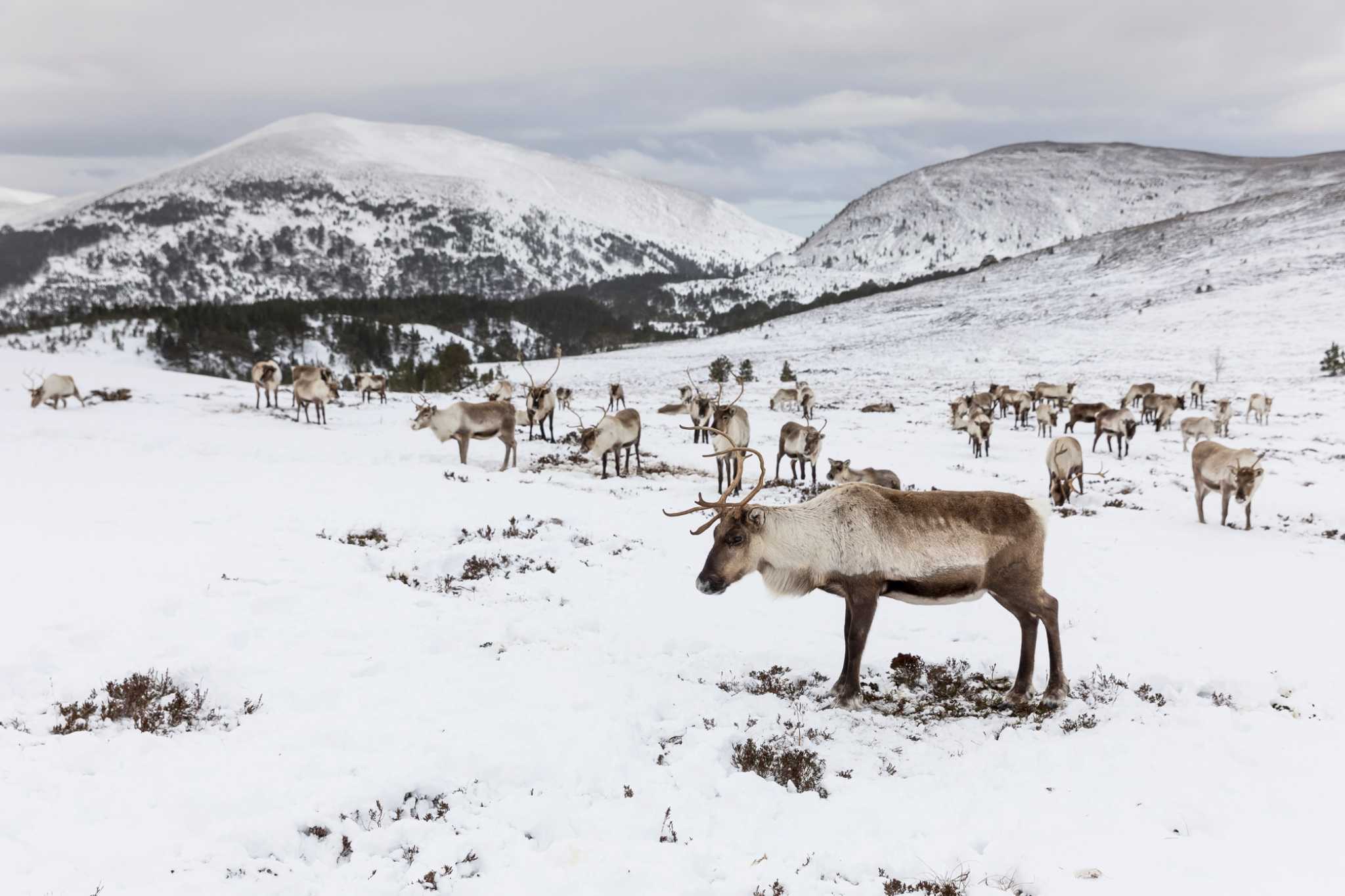
The Cairngorms National Park
Political
Economy and Government
The Highland region of Scotland has a diverse economy that includes sectors such as tourism, agriculture, forestry, fishing, and energy. Tourism is a major driver of the region's economy, with millions of visitors flocking to the area each year to explore its stunning landscapes, historic landmarks, and rich cultural heritage. The region's agricultural sector is also significant, with sheep farming and cattle ranching among the main activities. The forestry industry is also important, with commercial timber production and wood processing contributing to the local economy. The region is also home to renewable energy projects such as wind and hydroelectric power, which help to support local employment and provide a sustainable source of energy.
The Highland region has its own local government, which is responsible for a range of services such as education, housing, and transportation. The Highland Council is the main governing body, with elected members representing local communities throughout the region. The council is responsible for managing the region's budget, delivering services, and promoting economic development. The Scottish Government also has a role to play in the region's governance, particularly in areas such as tourism, energy, and environmental policy. The government provides funding and support for local initiatives, and works closely with the council to promote economic growth and sustainability in the Highland region.
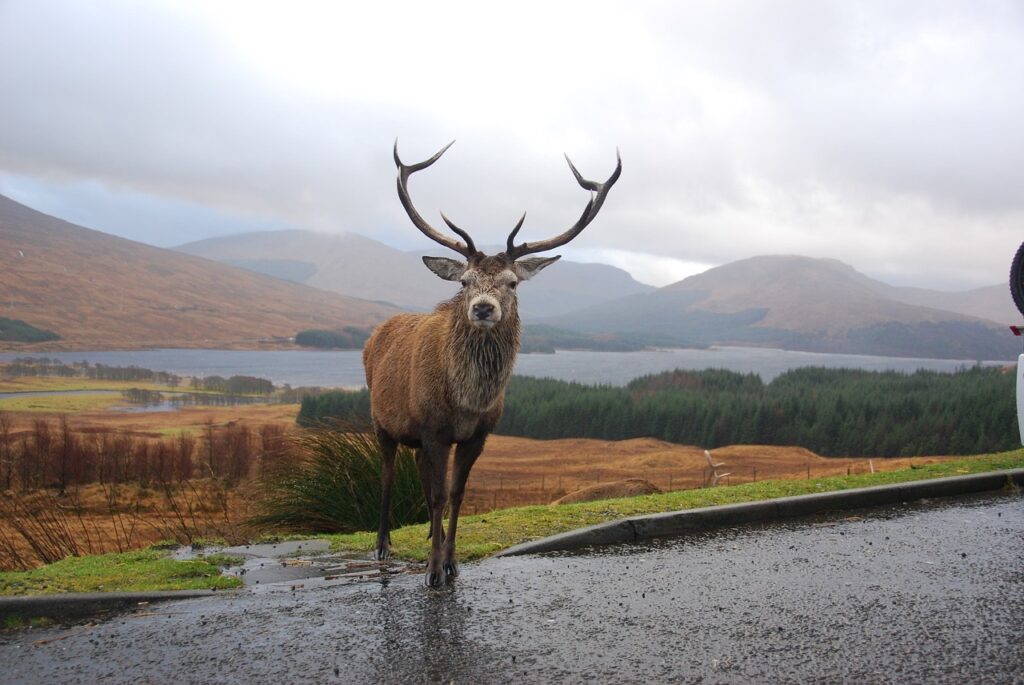
History
History and Culture
The Highland region of Scotland has a rich history and culture that is reflected in its landscapes, architecture, and traditions. The region has a long and storied past, dating back thousands of years to the time of the Picts, who were some of the earliest inhabitants of Scotland. The area has been influenced by many cultures over the centuries, including Norse, Celtic, and Anglo-Saxon, which has helped to shape its unique character.
The region is also known for its traditional music, dance, and festivals, which are an important part of its cultural heritage. Scottish Gaelic is still spoken in some areas, and the region is home to many important Gaelic cultural institutions, such as the Royal National Mòd and the National Centre for Gaelic Language and Culture.
Historic landmarks and buildings are also abundant in the region, with castles, forts, and other structures dating back to the medieval period and beyond. Some of the most famous landmarks in the region include the Culloden Battlefield, the site of the last battle fought on British soil, and the Eilean Donan Castle, one of the most photographed landmarks in Scotland.
Overall, the history and culture of the Highland region are an important part of Scotland's wider heritage, and continue to shape the identity of the region today.
HOTELS
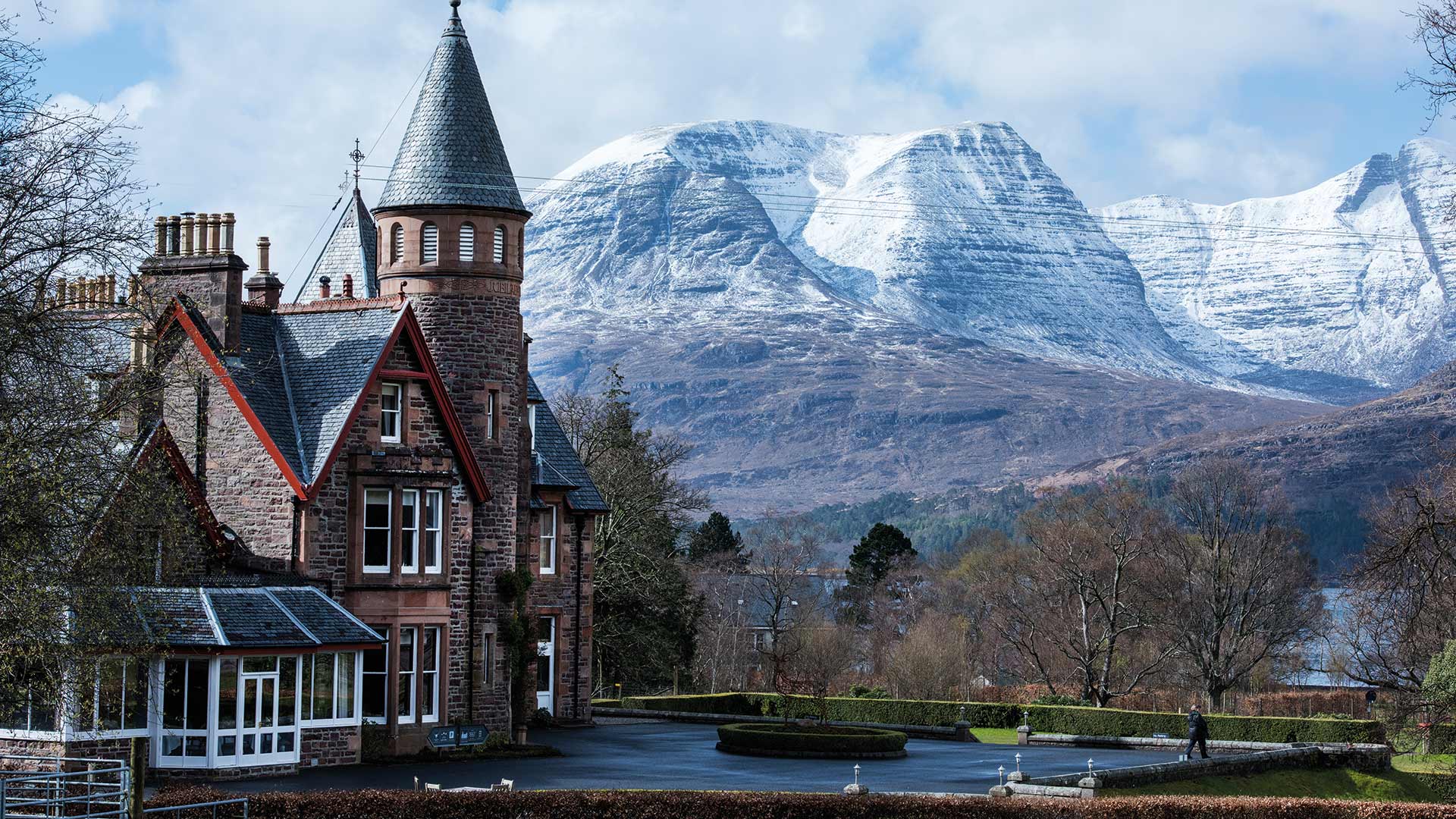
The Torridon
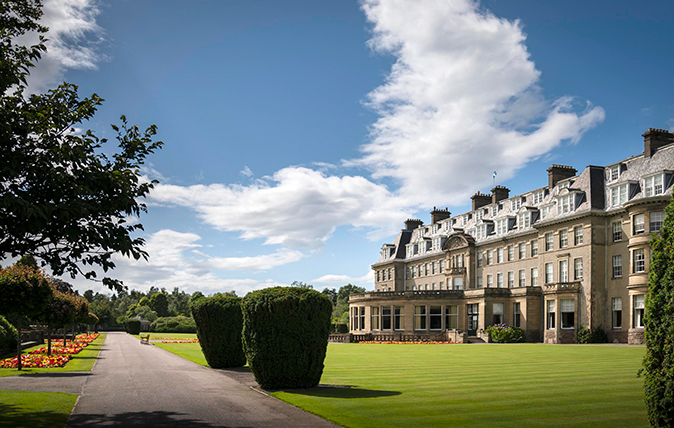
The Gleneagles Hotel
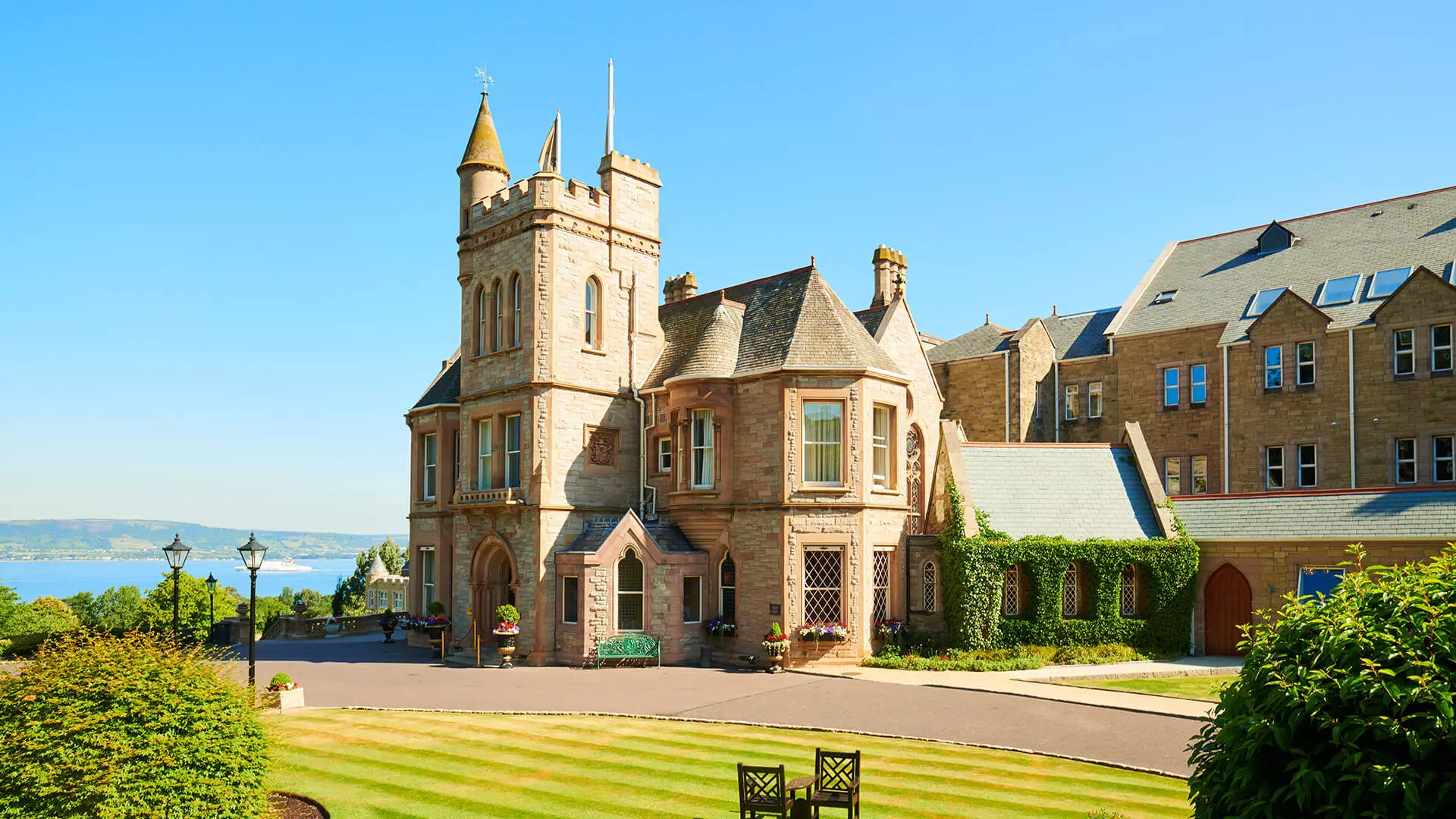
The Culloden Estate and Spa
RESTAURANTS
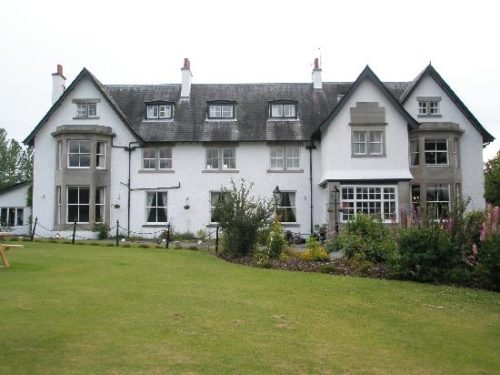
The Lovat
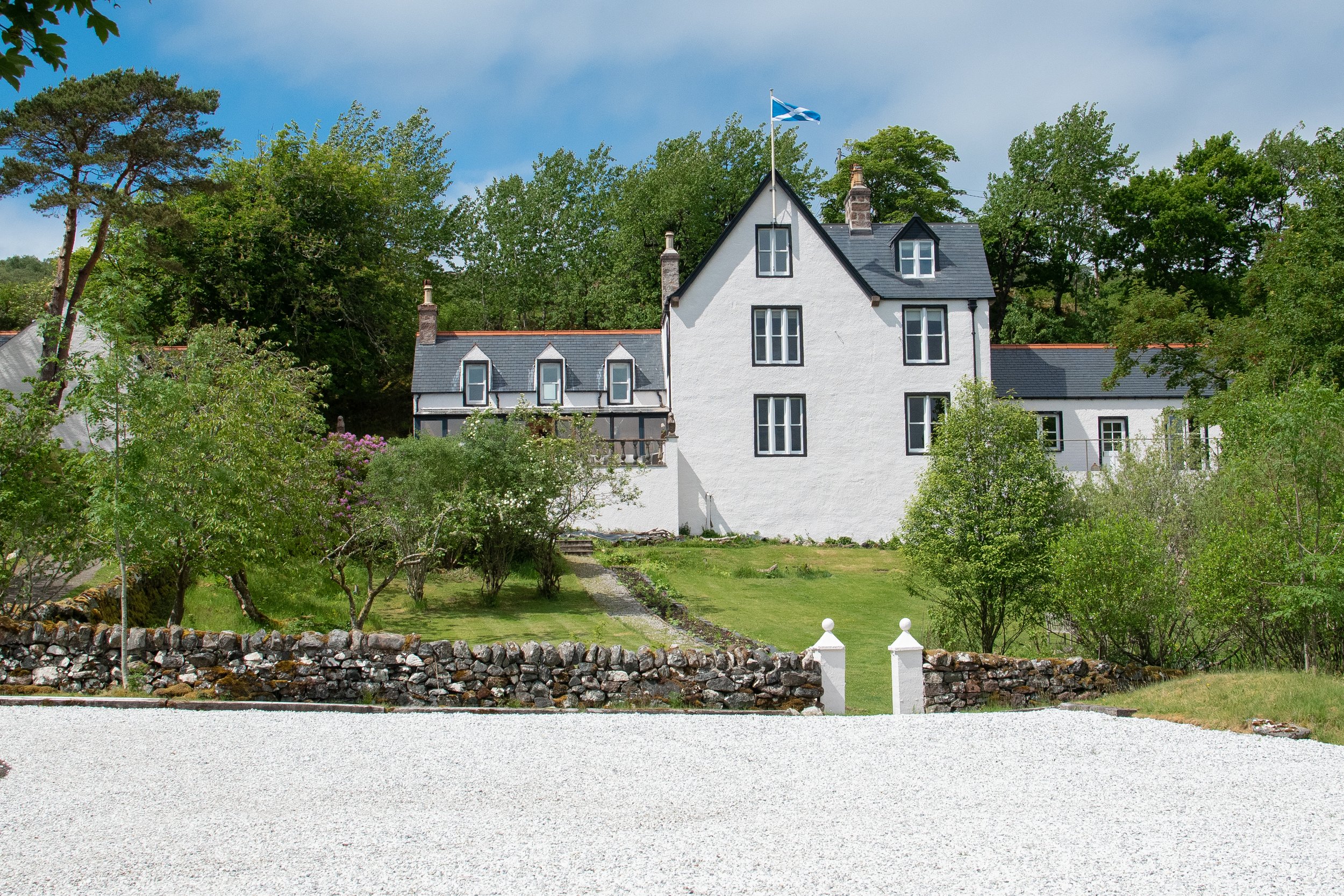
The Albannach
